"Having lived in the county of Wiltshire all my life, the name of Marcos has crept into several of our car conversations down the pub. It’s a fantastic story of the British underdog who made some stunning looking cars. "

Marcos – From Kit Car to Le Mans
Don't call a modern Marcos a 'kit car'
For many small volume car manufacturers the kit car route allows them to offer the buyer something different but without the need to have a large factory and workforce to finance.
Jem Marsh, the founder of Marcos, realised this throughout his career, but even more so when he was forced to sell up in the late 1970’s. The next wave of Marcos saw a golden period for the manufacturer that had always pushed the dimensions of car design; and it could arguably be said they produced some of their most aggressive looking models during the 1990’s.
The Classic GT had always been a keystone model for the brand and it provided Marcos with a starting point in 1981; by offering this car in kit form. Like Enzo Ferrari did, Jem always kept motorsport in mind by offering a competition specification for “circuit racing, hill climbs and sprints”; which included an FIA-approved roll-over bar, limited-slip differential, rose-jointed suspension and full harnesses.
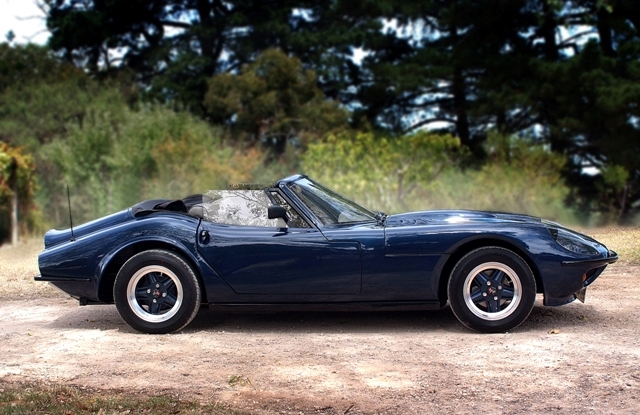
The Marcos Mantula soon followed, then the Spyder and Martina. These four models boosted the company and provided much needed funds to move into factory only production in 1992, this is when Jem followed his dream of competing once again at Le Mans.
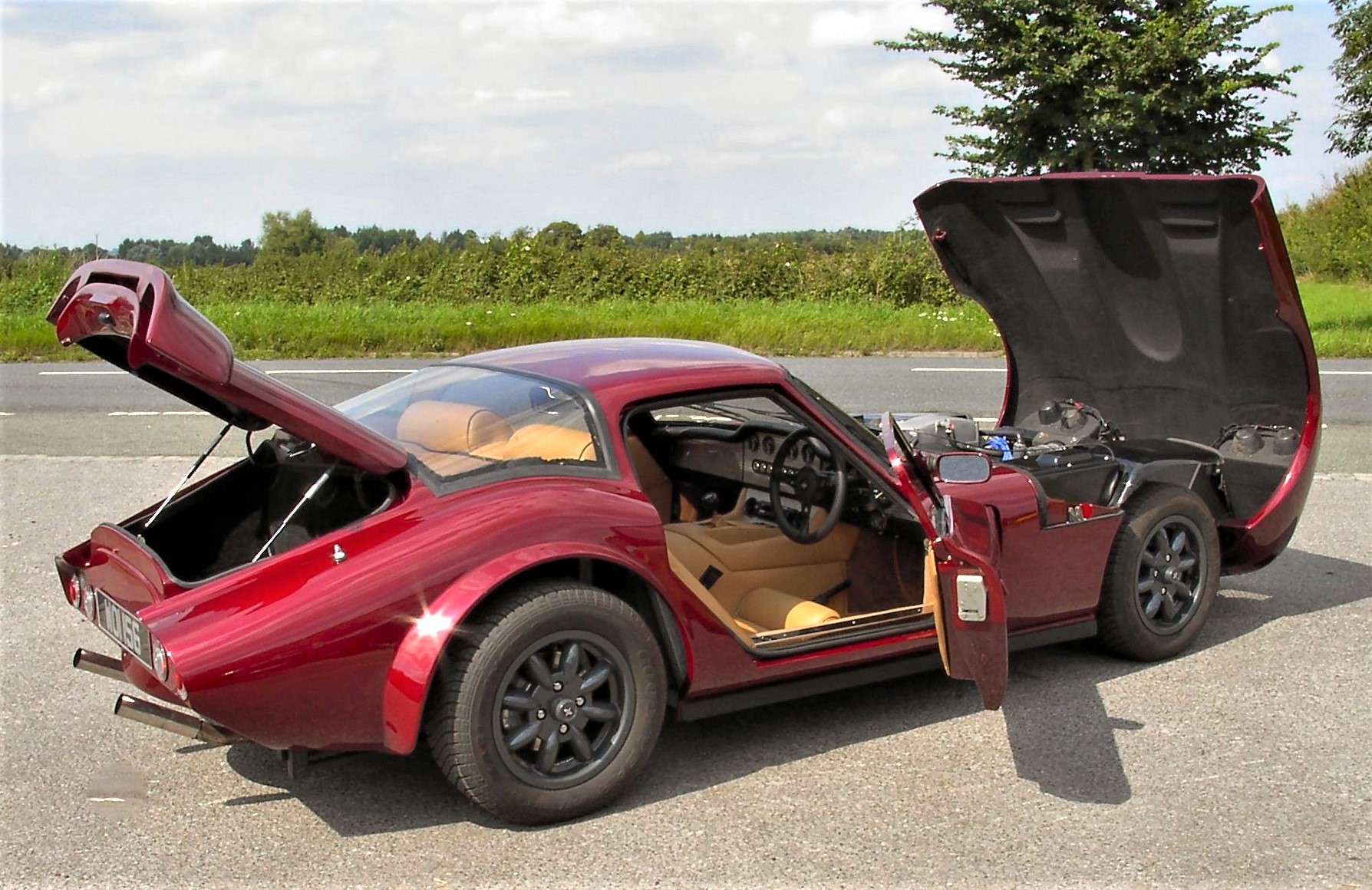
The launch of the Marcos Mantara was a major landmark for the marque and was sold through dealers in limited numbers. The main difference between the Mantara and the earlier Mantula was the adoption of MacPherson Strut front suspension. This gave a wider more aggressive looking front track, different bonnet, and beautifully flared front arches. The rear wheel arches and rear lights were also different to the Mantula. The luxury of power steering was also available for the first time to ensure the brand was keeping up with competitors. The standard Mantara had a 3.9 litre fuel injected Rover V8 power plant or if you were after a little more grunt there was the optional 4.6 litre V8.
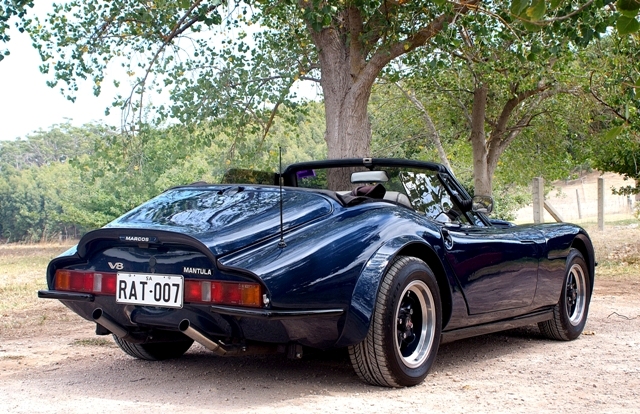
The Marcos GTS (a Mantara variant) soon followed and on request of the Italian distributor Martes Spider Cars, a long-time partner of Marcos, was powered by the smaller 2-litre Rover Tomcat engine. The halo model being a turbo engined 200bhp car. The GTS had a slightly different bonnet, flared-in headlamps, and a deep spoiler.
Sales of the road models were excellent and provoked Jem Marsh to produce a range of modified Mantaras called the LM (Le Mans) to enable him to finally follow his endurance racing dream. To meet homologation rules, a limited number of road going cars had to be made.
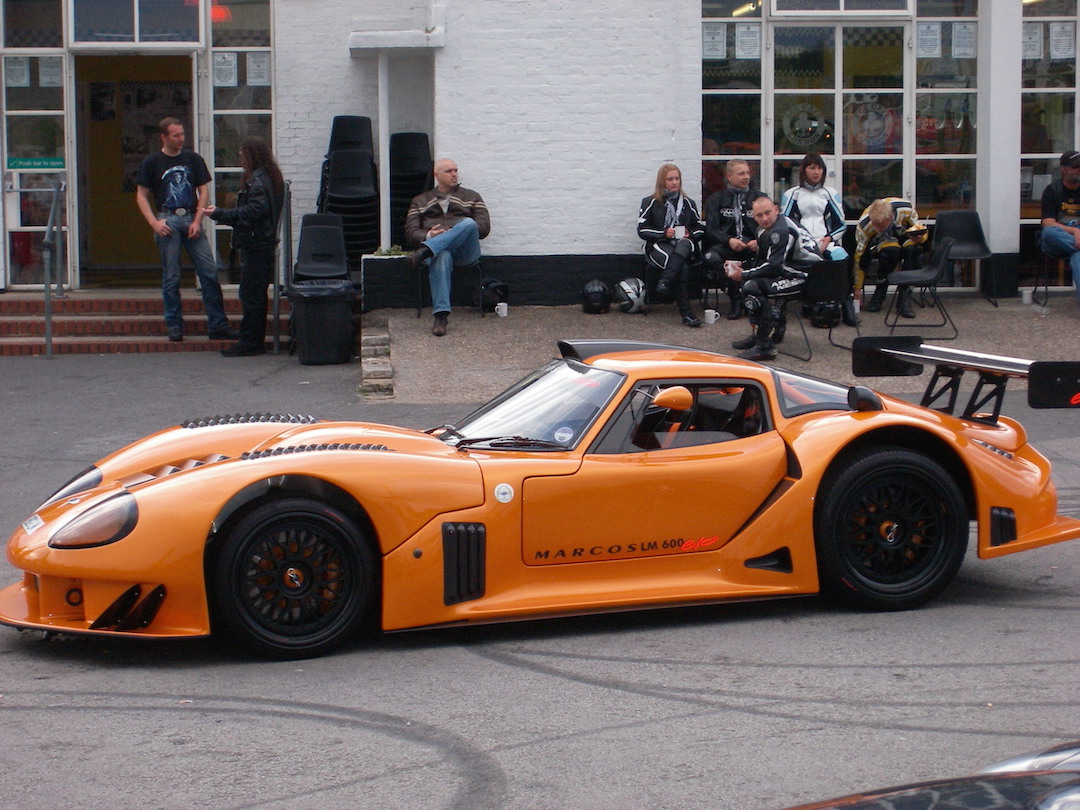
This spawned the LM400 (with a Rover 3.9-litre V8 engine), LM500 (Rover 5-litre V8) and LM600 (6-litre Chevrolet small-block V8). Only 30 road-going LM cars were ever built making them coveted with collectors, and of these only one road-going LM600 was built with the monster 6-litre engine.
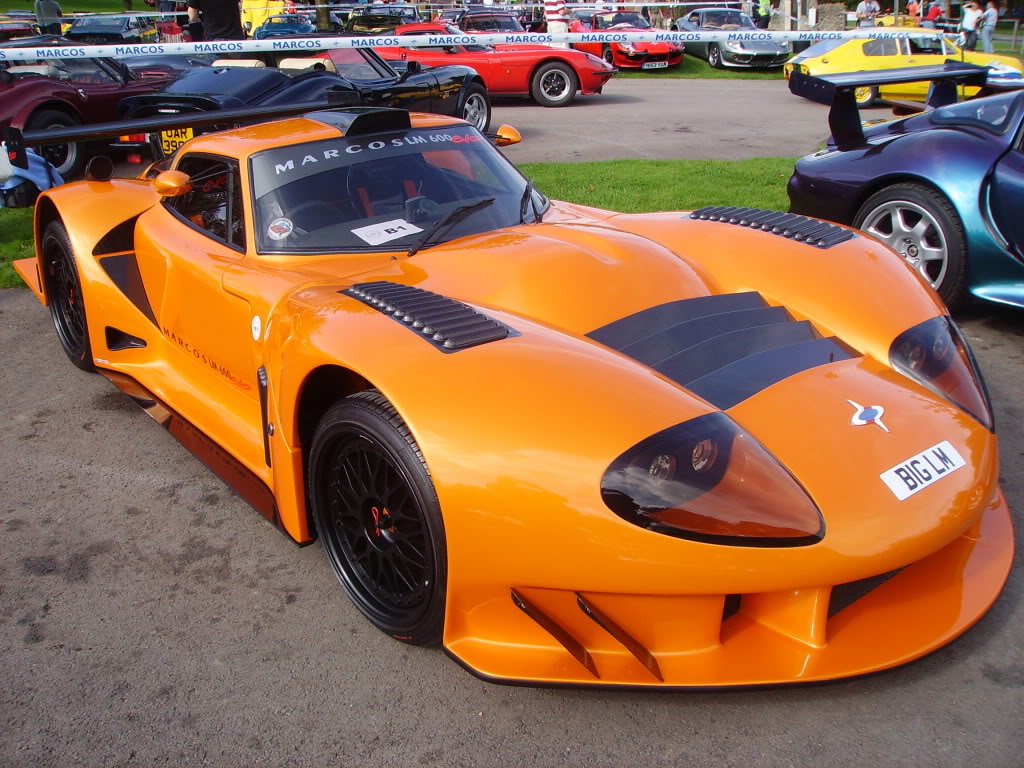
The LM models proved Marcos could compete at the best level in motorsport and after a season of learning in 1994 they went on to win the British GT Championship in 1995, 1996 and again in 2000. Two LM’s were shipped to Le Mans in 1995. However a problem that had constantly plagued Jem Marsh’s motorsport cars over the years was electrical faults, with one retiring and the other unfortunately finishing second to last.
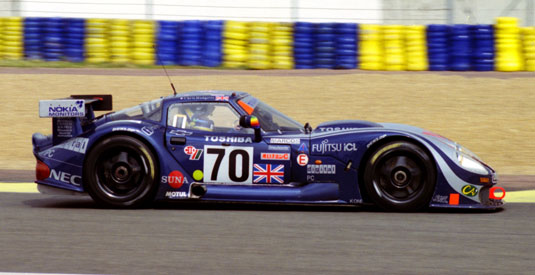
However the Dutch took a real liking to Marcos cars and following the Dunlop-sponsored Marcos Mantis Challenge, which was launched in 1998, many of the 38 one-make special Mantis’ were used in other motorsport series. In 2000, the Marcos racing business was sold to GT sponsor Eurotech, a Dutch engineering firm. This meant all Marcos racing cars and road car chassis were built in the Netherlands, with road car assembly completed in the UK.
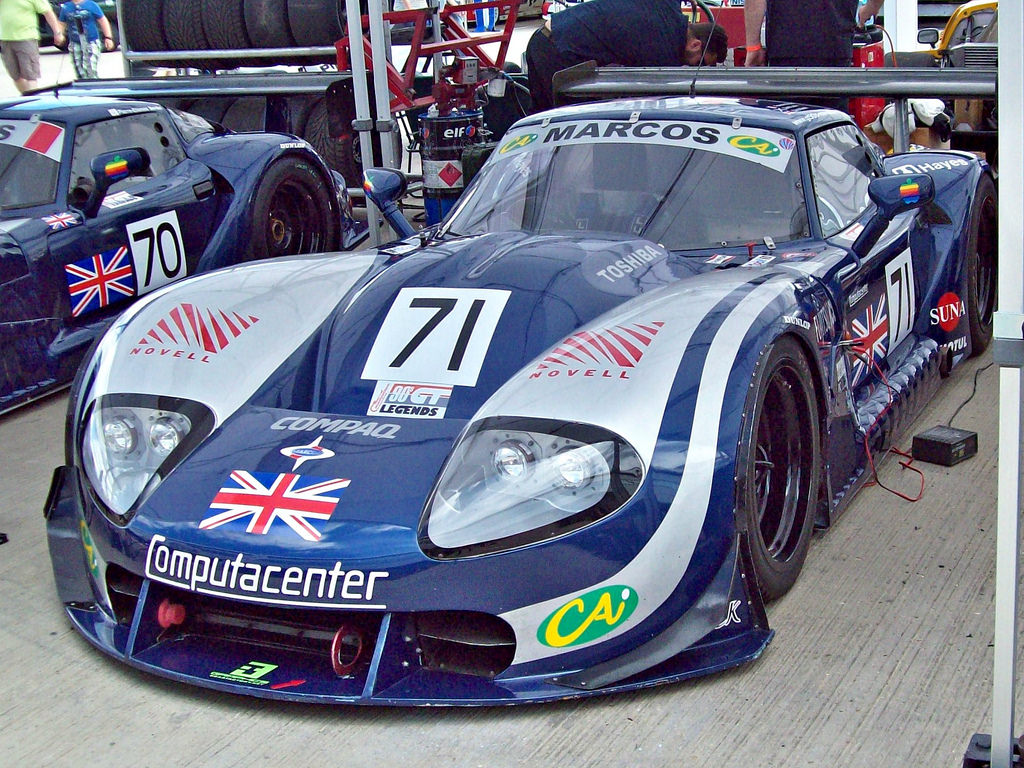
Marcos did have the last laugh though with an LM600, driven by Cor Euser, competing in the Dutch Supercar Challenge and winning the GT Championship in 2002, 2004, and more poignantly in 2009, the 50th anniversary of the founding of Marcos.
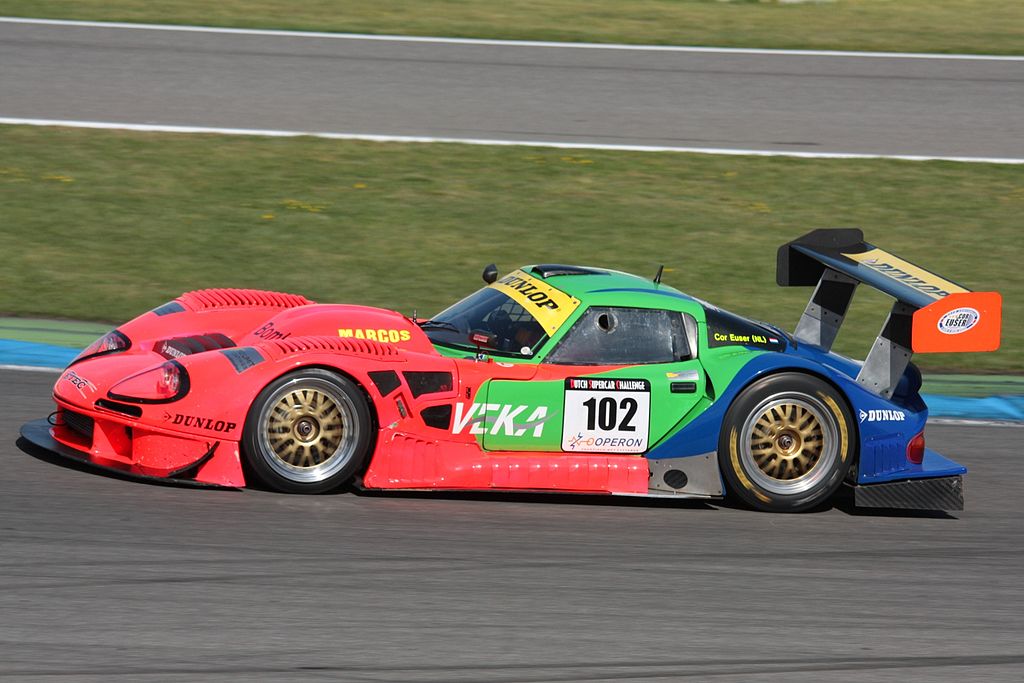
CLICK TO ENLARGE









